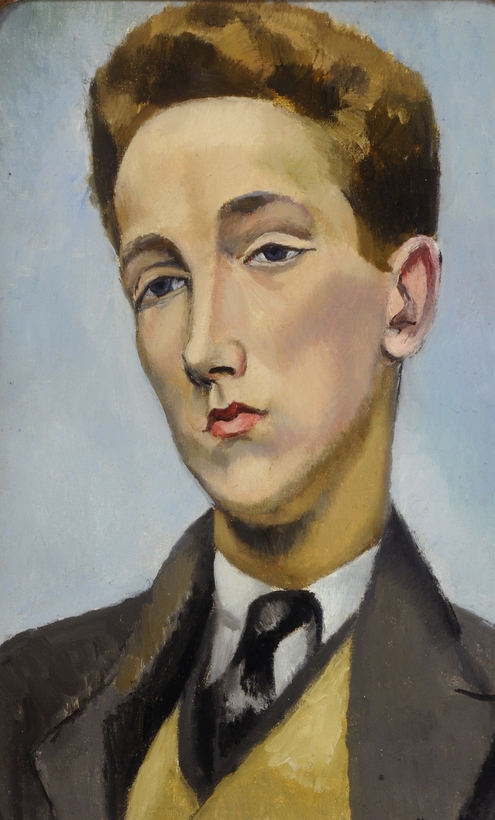Strange that there is no feature film about the life of Nina Hamnett, because it’s the kind of biopic that writes itself. We open on a bright-eyed, prematurely wizened woman, sitting in a tavern circa 1952. Flashback to turn-of-the-century Wales. Little Nina shows a flair for drawing, and her grandmother pays her way through the London School of Art, where she befriends Ezra Pound. She cuts her hair short, travels to Paris to paint, and develops a brisk, knowing style on the knife-edge of realism and caricature. On her first night in Montparnasse, Nina bumps into a dashing young fellow who turns out to be Amedeo Modigliani; he introduces her to Picasso and Cocteau. She loses her virginity in Rimbaud and Verlaine’s favorite hotel room, and, soon after, realizes she likes girls as much as boys.
Nina dances on café tables, contracts the Spanish flu but bounces back in a week, beds or paints every modernist in Europe, and drinks so much she squanders years of creativity and winds up a sad old barfly, trading stories for pints.

Hamnett’s paintings are as taut and clearheaded as her life was loose and wild. Faces were her forte, and a portrait of the dancer Rupert Doone, completed in 1923, is one of the standouts in a new exhibition of her work opening May 19 at Charleston, in East Sussex—you can almost hear the imperious Hmmm forming on Doone’s plump, Pre-Raphaelite lips.
Hamnett traveled everywhere, knew everyone (the exhibition is worth a visit for historical value alone), and boasted of painting “the spirit of the age,” but her portraits capture something narrower and more intriguing: the tension between a dazzling avant-garde revolution and a distinctly English dryness that refuses to be dazzled by anything or anyone. It’s the same dryness that led Hamnett to escape a burning house and later write, “To have one’s lungs filled with smoke is a most disagreeable feeling, and I hope that I shall never be in another fire.” —Jackson Arn


 Discover
Discover